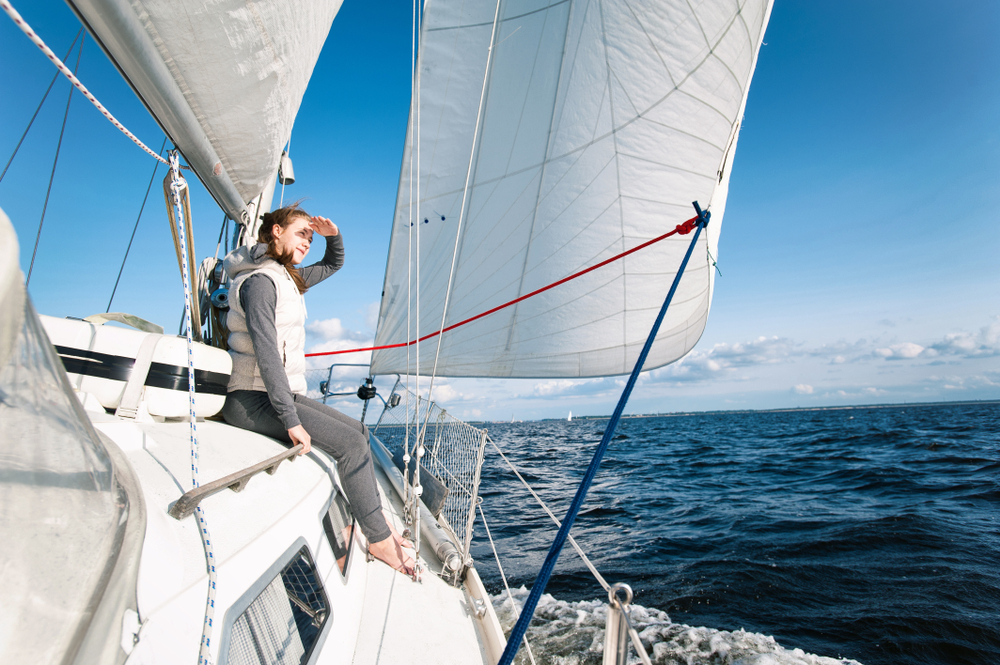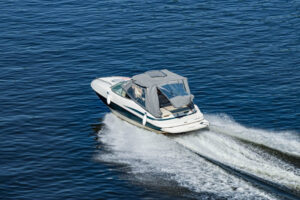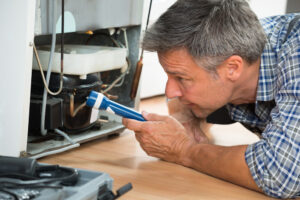Cruising is about more than just loving life on the water. It’s important to learn the mechanics of how your boat actually works, what products you need, and when parts need to be replaced. It’s time to learn about piston pumps and plunger pumps! For the most part, these two types of pumps function the same way. That being said, there are a few main differences. Let’s go into this more right now.
What is a Piston Pump?
By simple definition, a piston pump is a type of positive displacement pump where the high-pressure seal reciprocates with the piston. A piston is a component of reciprocating engines, reciprocating pumps, gas compressors and pneumatic cylinders, and mechanisms of the like. It is the moving component that is contained by a cylinder and is made tight by piston rings. In a boat engine, its purpose is to transfer force from expanding gas in the cylinder to the crankshaft via a piston or connecting rod.
For the purposes of your boat, the piston pump consists of a cylinder with a reciprocating piston connected to a rod which passes through a gland at the end of the cylinder. The water enters from the suction line through a suction valve and is discharged through a delivery valve. Piston pumps may be double acting, unlike a plunger pump which we will get to more in a moment.
You can also find pistons in a pump. In this case, the function is reversed and force is transferred from the crankshaft to the piston for the purpose of compressing or ejecting the fluid in the cylinder. In limited boats, the piston also acts as a valve by covering and uncovering ports in the cylinder wall.
What is a Plunger Pump?
A piston is similar, but not the same, as a plunger pump. A plunger pump is a type of positive displacement pump where the high-pressure seal is stationary and a smooth cylindrical plunger slides through the seal. These use a reciprocating plunger to pressurize water and force it through the outlet valve. This may seem like a small difference, but it makes them different from piston pumps. This feature allows them to be used at higher pressures.
Mainly, plunger pumps differ from piston pumps because they have one or constant diameter plungers reciprocating through packing glands and displacing liquid from cylinders in which there is considerable radial clearance. Plunger pumps are single acting, meaning only one end of the plunger is used in pumping the liquid.
If you have any additional questions, we’re always here to answer them! This means whether you want to learn more about water makers, how a desalination system works, turning saltwater to freshwater, or more about your piston and plunger pumps, we’re the team to contact. We’re always here for you, because we’re cruisers too!




